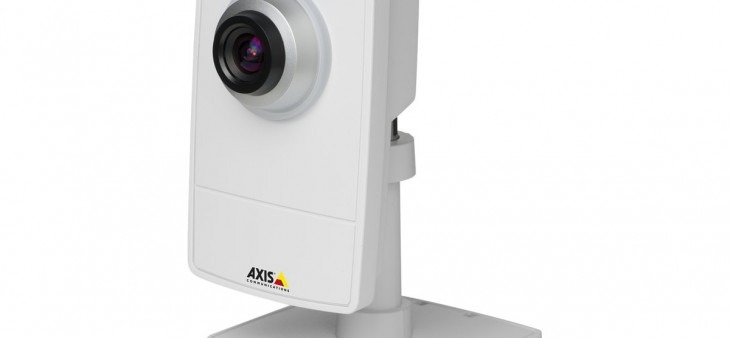
Dive into the world of video compression for IP surveillance. We’ll explore MPEG-4, H.264, and Motion JPEG, uncovering their strengths and weaknesses to help you choose the right format for your needs.
Key Takeaways:
- MPEG-4: Master of low bandwidth, compressing video without sacrificing quality, ideal for basic surveillance.
- H.264 & MJPEG: Champions of high detail, perfect for capturing intricate scenes, but hungrier for storage and bandwidth.
- Multi-format cameras: Employing both formats to optimize storage and network usage.
Q: What’s the best video compression format for IP surveillance?
A: It depends! MPEG-4 shines for low bandwidth, while H.264 and MJPEG excel in high detail. Many cameras offer both for ultimate flexibility.
The term MPEG-4 refers to a licensed standard for video compression. It is one of three formats available for compressing video files. The other two standards are H.264 and Motion JPEG, with H.264 being the most recent standard. Within the range of modern IP surveillance products, cameras are available that automatically compress files and allow users to choose their preferred compression method. Through MPEG-4 compression, video file sizes and storage demands are reduced. The bandwidth restrictions of an individual surveillance system can be effectively managed when the proper compression formats are utilized.
MPEG-4 Video Compression Format
The purpose of compression is to remove unneeded file frames in a manner that decreases file size without negatively impacting quality. MPEG-4 video compression is a format that is often used for low bandwidth video. When surveillance video needs to display distinct details, H.264 or MJPEG will be a more commonly used format. Compression allows for streamlined network video storage on a camera’s SD card or a computer hard drive. Larger video recordings can also be transmitted more efficiently over the network after MPEG-4 compression of video.
Cameras with MPEG-4 Capabilities
MPEG-4 is a temporal compression method. This method allows cameras with MPEG-4 encoding to generate video files that require less bandwidth than MJPEG files. Many camera models offer multiple video streams for enhanced compression flexibility. With multiple streams available, more than one codec can be used for compression tasks. Comms Express can help you find out more about cameras supporting MPEG-4 and other video compression options.
